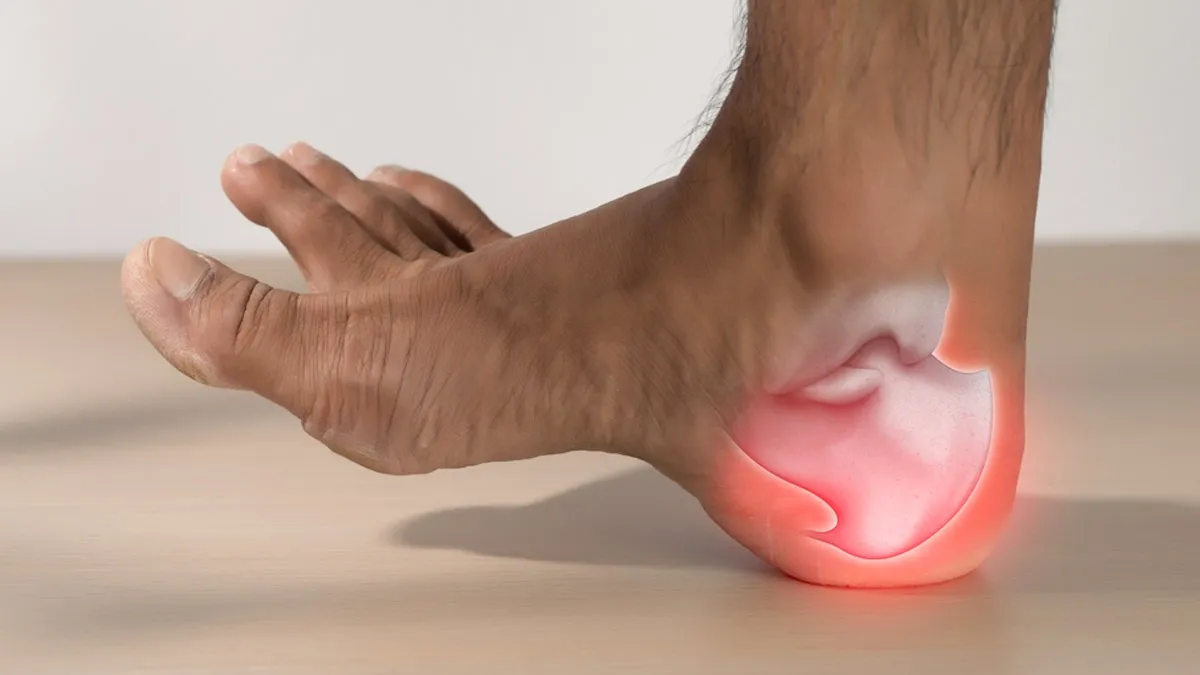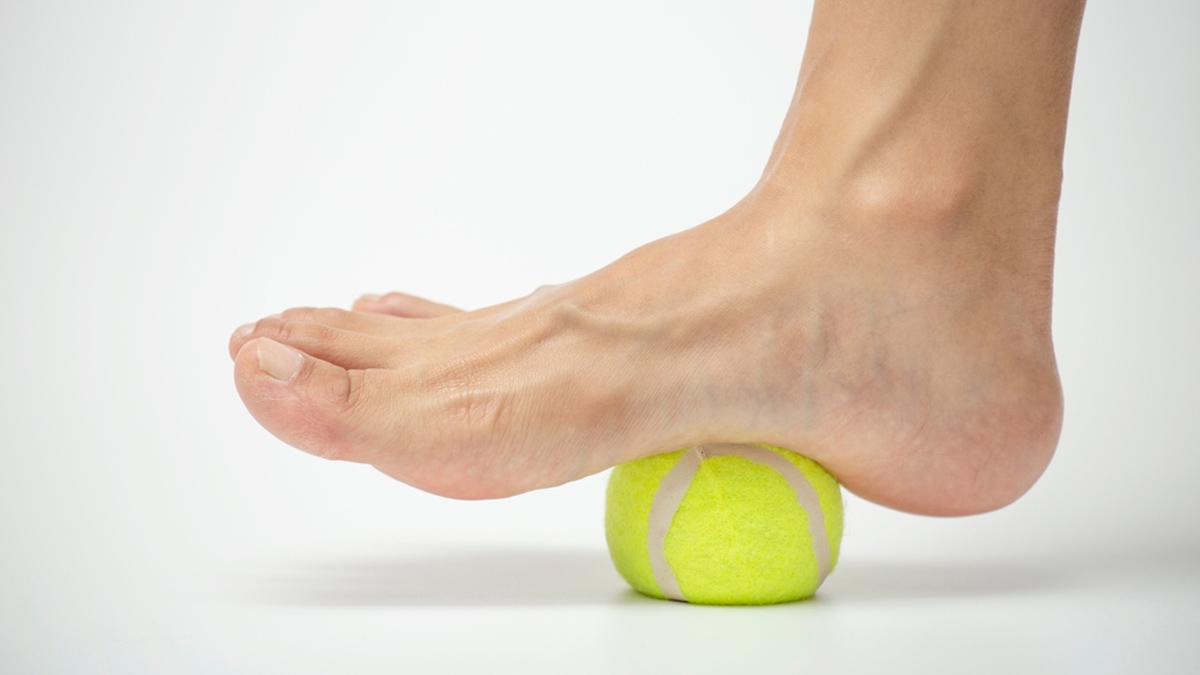
Did you ever get stiff, sore, or like your body just isn't moving the way it used to? Most of us assume it is just sore muscles or ageing joints, but there’s another lesser-known player in your body that might be behind that tight, uncomfortable feeling: fascia. This web-like connective tissue is everywhere, quietly supporting your muscles, organs, and bones. When fascia tightens, gets inflamed, or is injured, it may lead to pain, limited motion, decreased circulation, and muscle imbalances.
Table of Content:-
We spoke to Dr Brahmaraju TJ, Senior Consultant - Orthopaedics and Joint Replacement Surgery, Gleneagles BGS Hospital, Kengeri, Bengaluru, who explained fascia, its functions, types, and importance.
'Fascia' originates from Latin, meaning 'band' or 'bandage.' "This specialised connective tissue, composed of collagen, envelops and supports muscles, bones, nerves, blood vessels, and vital organs. Fascia's elastic and flexible nature allows for smooth movement. However, when it becomes tightened due to disease, inflammation, or injury, it can restrict mobility and cause pain," explained Dr Brahmaraju.
The fascial system envelops, interpenetrates between, and interweaves all organs, bones, muscles, and nerve fibres, giving the body a functional structure, and an environment that allows all of the body's systems to function in an integrated way, as stated by the Fascia Research Society.
Role of Fascia

Fascia helps maintain the body's structural integrity and overall function. Its key responsibilities include:
- Structural Support: Fascia wraps around and supports your muscles, bones, and organs, helping them stay in place and work together.
- Reducing Friction: It provides organs, muscles, and joints a smooth surface for sliding against one another free from friction or harm.
- Shock Absorption: The plantar fascia protects blood vessels, muscles, and nerves from mechanical stresses during weight-bearing.
- Neurotransmitter Transmission: The fascia helps regulate neurotransmitters, such as dopamine, serotonin, GABA, and acetylcholine, improving their transmission.
Different Forms of Fascia
Four basic forms define fascia:
- Superficial fascia: Just under the skin, the superficial fascia supports deeper structures and provides a site of attachment for muscles in several body parts.
- Deep fascia: It covers muscles, bones, tendons, nerves, and blood vessels, strengthening and protecting them.
- Visceral fascia: It surrounds and supports internal organs, including the heart, lungs, and abdominal organs.
- Parietal fascia: It lines the walls of body cavities, including the abdomen, pelvis, and cranium.
How Does Fascia Change?
Fascia can develop inflammation, stiffness, or damage for various reasons. Here are some listed by the expert:
- Overuse and repeated stress: Common in sportspersons and physically active people, too much movement or strain can cause inflammation and stiffness.
- Health conditions: Disorders including rheumatoid arthritis, lupus, or Ehlers-Danlos syndrome can compromise fascia in connective tissue.
- Trauma or Improper Sports Techniques: Very demanding workouts or incorrect sports activities might cause tears or micro-injuries.
Common Medical Conditions Modifying Fascia
Many disorders are associated with fascia dysfunction and discomfort. Dr Brahmaraju listed some of them as follows:

- Plantar fasciitis: It is inflammation of the plantar fascia that causes stiffness and heel pain.
- Fibromyalgia or Myofascial Pain Syndrome: Conditions of chronic pain influencing fascia and muscles.
- Fascia Thickening: Thickening of the fascia in the palm causes contractures of the fingers in Dupuytren's Contracture.
- Frozen Shoulder: Pain and limited movement resulting from tightened shoulder tissue
- Peyronie’s Disease: Fibrotic alterations in the penile fascia cause pain, scarring, and curvature of the penis.
- Compartment Syndrome: Increased pressure within a fascial compartment leads to compartment syndrome. This decreases blood flow and injures muscles.
- Hernia: Weakening of fascial layers leads to internal tissues bulging through the muscular wall.
How To Deal With Fascia-Related Pain
Managing fascia discomfort depends on correct medical advice. The standard therapy choices consist of the following measures:

- Medications: Muscle relaxants and Non-Steroidal Anti-Inflammatory Drugs (NSAIDs) can help with pain and inflammation.
- Physical Therapy Techniques: Treatments, including ultrasonic therapy, interferential therapy (IFT), dry needling, and fascial release, can reduce tightness in physical therapy.
- Yoga: Certain yoga poses help to increase flexibility and ease fascia tightness.
- Supportive Tools: Braces, splints, special shoes, or taping can help relieve strain and prevent further damage while healing.
How To Take Care of Fascia Health
Here are some expert-recommeded lifestyle choices that can help you keep your fascia healthy:
- Balanced nutrition and hydration: Consume adequate protein to aid in collagen production. Stay hydrated to maintain softness in the fascia.
- Be active: Incorporate regular exercises to stretch fascia and tighten muscles.
- Correct posture: Avoid abnormal posture and tension by adopting the right posture while undergoing routine activities.
- Right shoes: Use proper sporting and exercising footwear and braces.
[Disclaimer: This article contains information provided by an expert and is for informational purposes only. Hence, we advise you to consult your professional if you are dealing with any health issue to avoid complications.]
Also watch this video
How we keep this article up to date:
We work with experts and keep a close eye on the latest in health and wellness. Whenever there is a new research or helpful information, we update our articles with accurate and useful advice.
Current Version